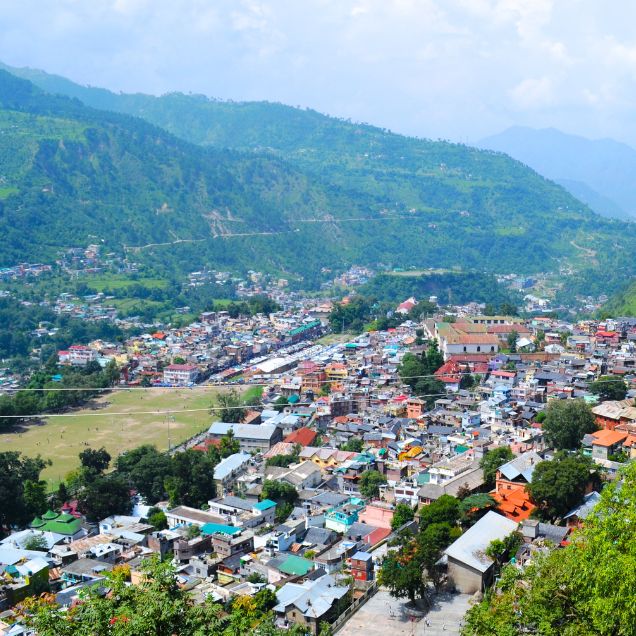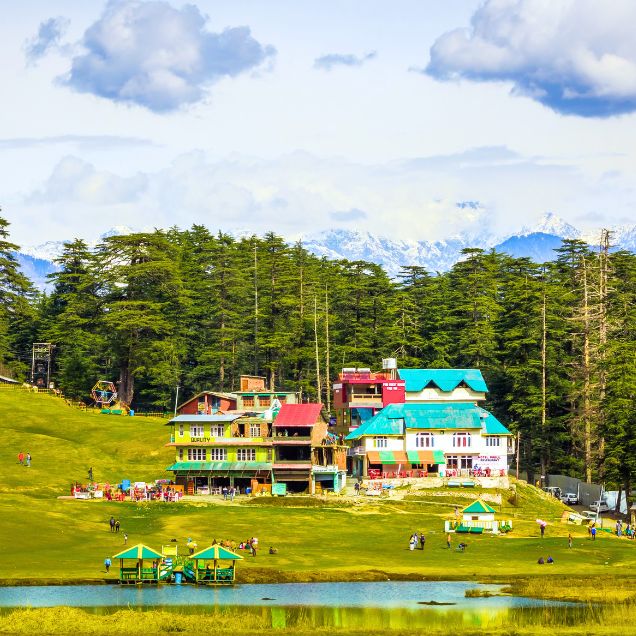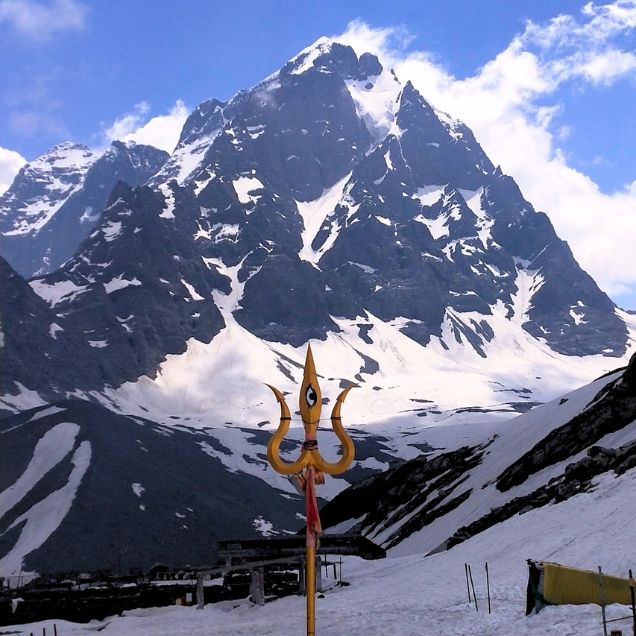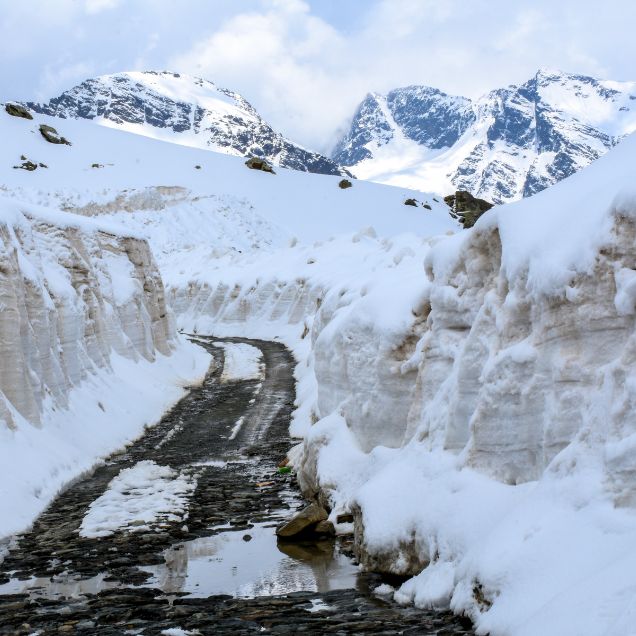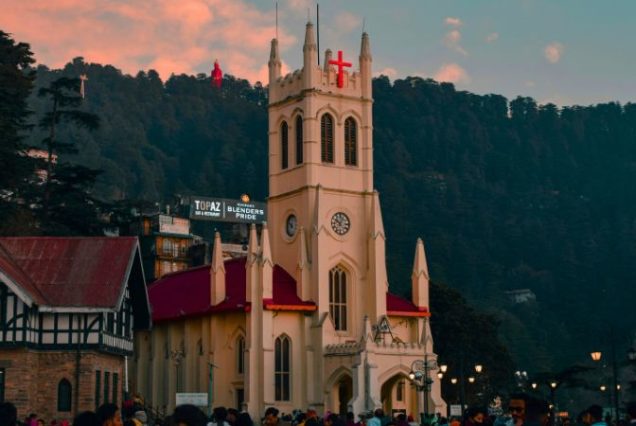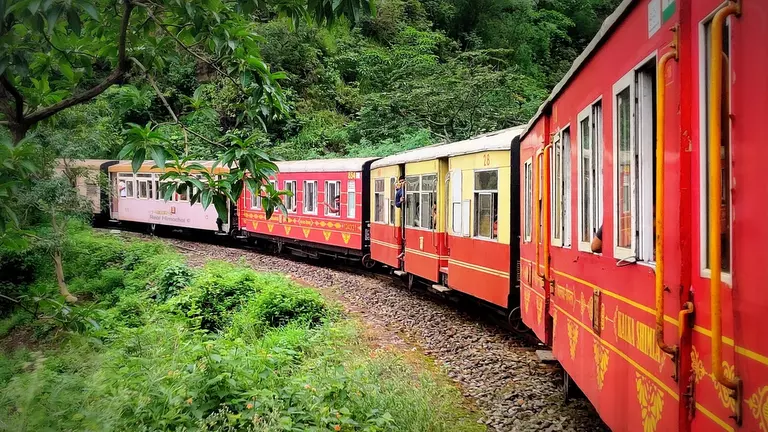Chamba Valley
Situated at the crossroads of Dhauladhar and Zanskar Ranges, Chamba is considered as one of the northernmost ranges in Himachal Pradesh. All of this is true, as far as District facts go…none of it particularly interesting. This is interesting and relates to popular lines of a famous Himachali Folk Song- Shimla ni basna, Kasauli ni basna, Chamba jana zaroor.
That means in translation – Enjoy the view but don’t settle here, you are welcome as a tourist when it comes to Chamba. So, only when you holiday in Chamba do you totally get the lyrics of this song. The Scenario here states about lakes, rivers and meadows amid alpine tree canopies. valleys with rich wildlife. Some, which are historical and architectural ones.
The primary town is located on the bank of Raavi River, which is surrounded by beautiful mountains and thick forests. When it comes to its history, there are plenty of sites in town you can visit.But to a great extent, it is the culture of Chamba that keeps you engrossed. Miniature paintings, temple architecture and the well known “Chamba Rumal ” are an example of the art treasure contained within this district.
One of the similar mythological tales attached to this village is, it was here Lord Shiva took a start for Manimahesh Kailash peak from Bharmour side just when he decided to settle there. Narayan Sarovar Fair is organised during the month of September at which Bhasmasur Dance, an immensely famous event pulls large crowds.
If you want to know more about the heritage of Chamba, there are few better ways than a visit to Bhuri Singh Museum. Established by Raja Bhuri Singhwhile he was still alive, the museum is home to a wide range of stuff such as rare paintings, jewellery and coins etc. You also stumble upon some rare copper plate inscriptions and other authentic historical documents.
Chamba is also popular for Pahari miniatures. This style of painting was encouraged by Raja Udai Singh and Raja Jai Singh. These are mainly based on Hindu mythology like Radha Krishna, Shiva Parvati, Rama Darbar,Yashoda and Krishna,GopisDaya Saptashati & Krishna Sudama A few of the paintings reflect on the romantic monsoon. These can be seen at the renowned Bhuri Singh Museum. The renowned Himachal Pradesh hill station is famous for the production of native crafts.
Tour details
- Best time to visit March, April, May & June
- Ideal Duration from Delhi 3-4 Days
- Minimum Budget INR 5000
- Website https://www.realhimachal.in/


